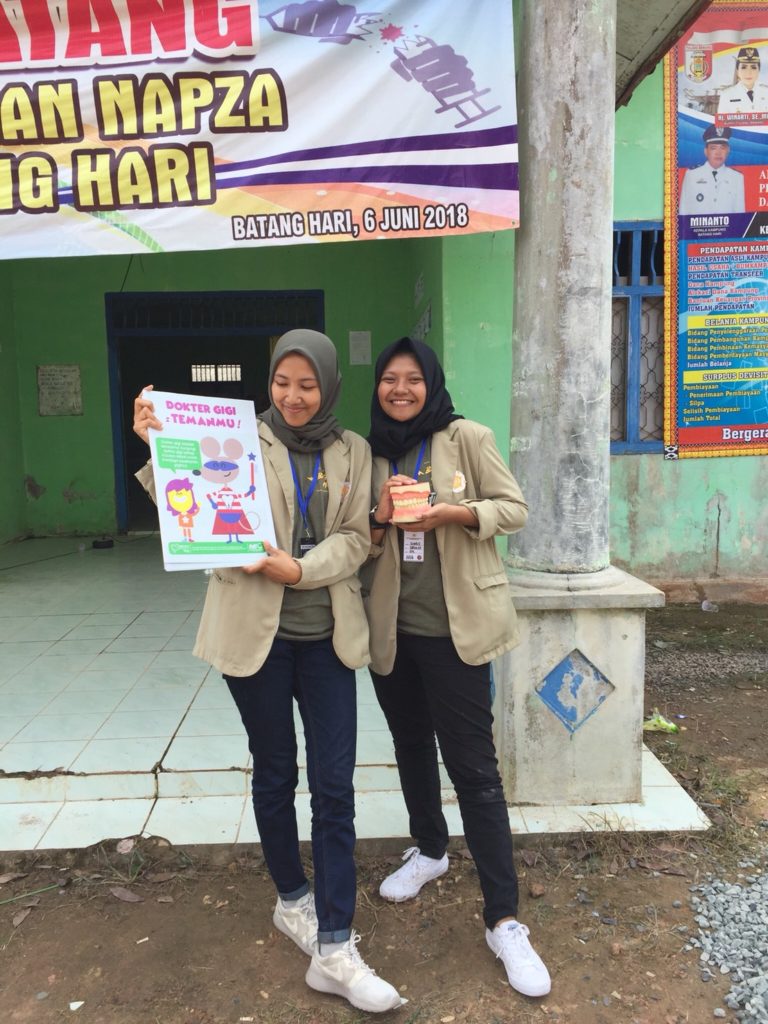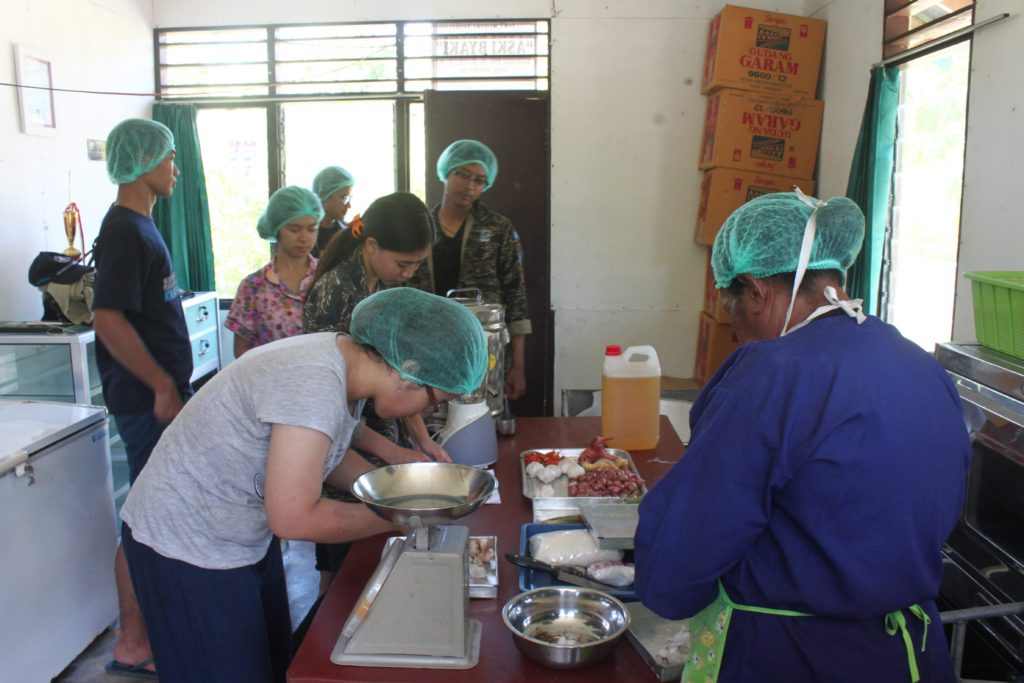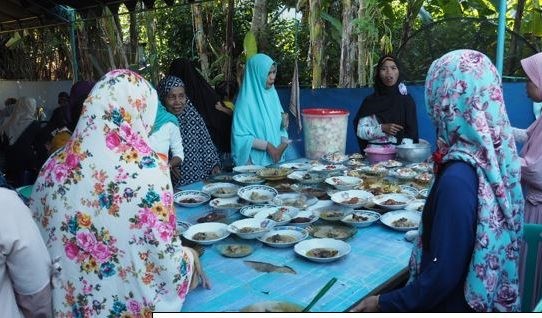
The Central Statistics Agency (BPS) recorded Indonesia’s gross domestic product (GDP) per capita has continued to increase in the last 15 years. Per capita GDP in 2000 was only Rp. 6.78 million, while in 2015 it increased to Rp. 45.18 million. This proves that the income of the Indonesian people is increasing. However, this increase did not seem to be balanced with good financial management. It is proven by data from BPS which shows that from 2003 marginal propensity to save (MPS) tended to fall.
MPS is the desire of the community to save because of an increase in income. On the other hand, marginal propensity to consume (MPS) tends to increase.
Then, if the ratio to saving to GDP compared to other countries is also low. Indonesia only has a ratio of saving GDP of 31%. This number is still inferior compared to neighboring countries, namely the Philippines, which has a ratio of 46%. Meanwhile, other neighboring countries, namely Singapore, have a ratio of 49%, which is the same as the ratio held by China.
Responding to the lack of a saving ratio of Indonesia’s GDP, the Financial Services Authority (OJK) campaigned for the “Let’s Save Money” movement. The slogan carried by the Ayo Saving movement is “Let’s Save for a Prosperous Future”. This movement aims to improve the culture of saving Indonesian people in various financial services products and support the financing of national development.
Next, to support the movement “Let’s Save” UGM KKN-PPM Team Batang Hari unit, Rawa Pitu, Lampung socialized the importance of saving from an early age. This activity was held at SD Batang 1 Hari on 4 August 2018. The socialization of the importance of saving from an early age began with the screening of animated videos on the benefits of saving money.
The animated video tells the desire of a child to save because of his desire to vacation in Disneyland. The saving process starts from an early age, that is, from elementary school to adulthood. After accumulating a lot, the child plans to use his savings for a vacation. However, one day the child saw a friend who was not in school because of lack of funds. As a result, his savings were given to his friend so he could continue to school.
From this video, it can be concluded that saving does not have to be for yourself, but to help each other human beings.

The activity continued with listening to the stories of the children about their saving experience. From the reasons for buying school equipment such as bags, shoes or books to reasons to help parents. This activity also teaches children to dare to express their opinions in public. They become aware of the atmosphere when speaking in front of talking when sitting in the line.
Then, children are invited to color the pictures that can be bought from the savings. The pictures include shoes and balls, cars and airplanes. At the end of the event, piggy banks were distributed to each child to practice saving culture. This socialization is the initial stage to teach children to avoid consumptive culture. Children are expected to be good at managing their finances from an early age.
Author and photo:
KKN-PPM UGM Team in Batang Hari unit, Rawa Pitu, Lampung
(Source: https://muda.kompas.id/2018/08/05/mahasiswa-ugm-sosialisasi-gerakan-ayo-menabung/; translator: Harun Ardiansyah)





























